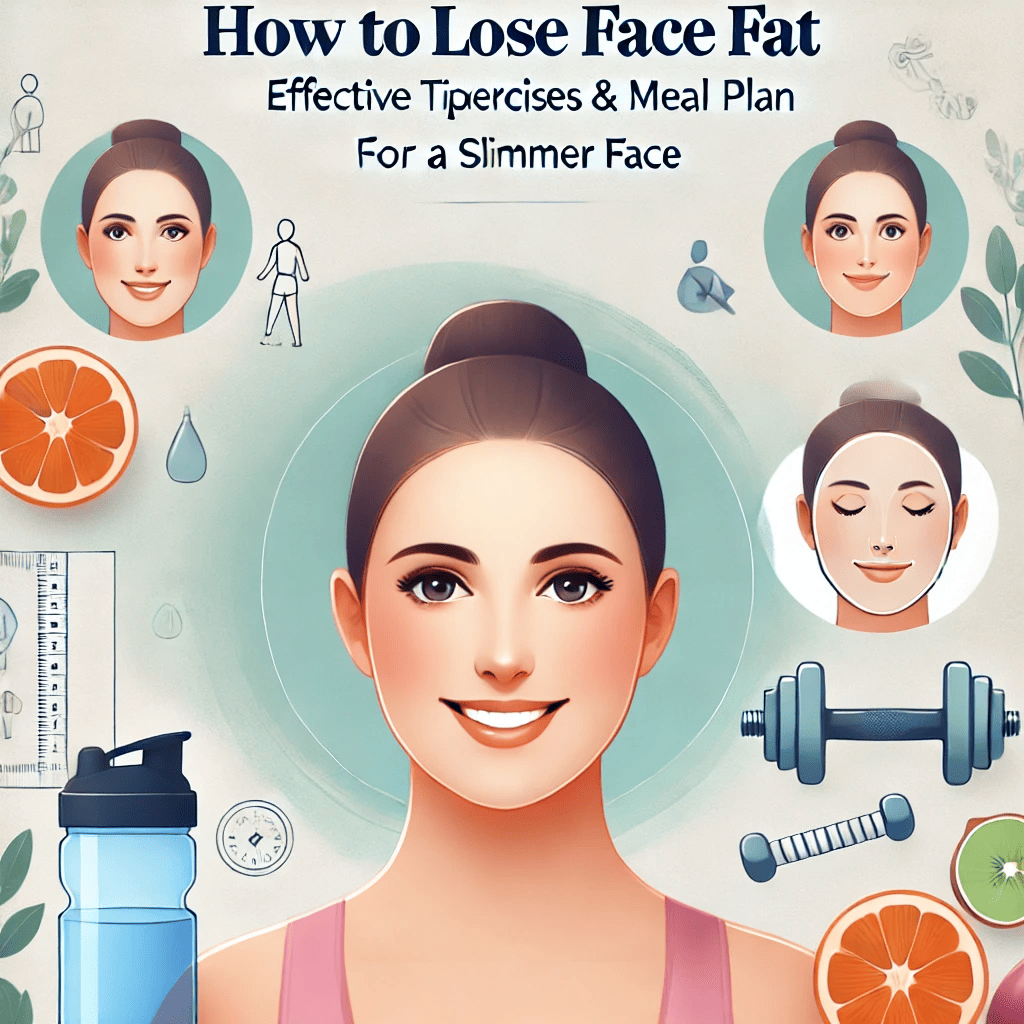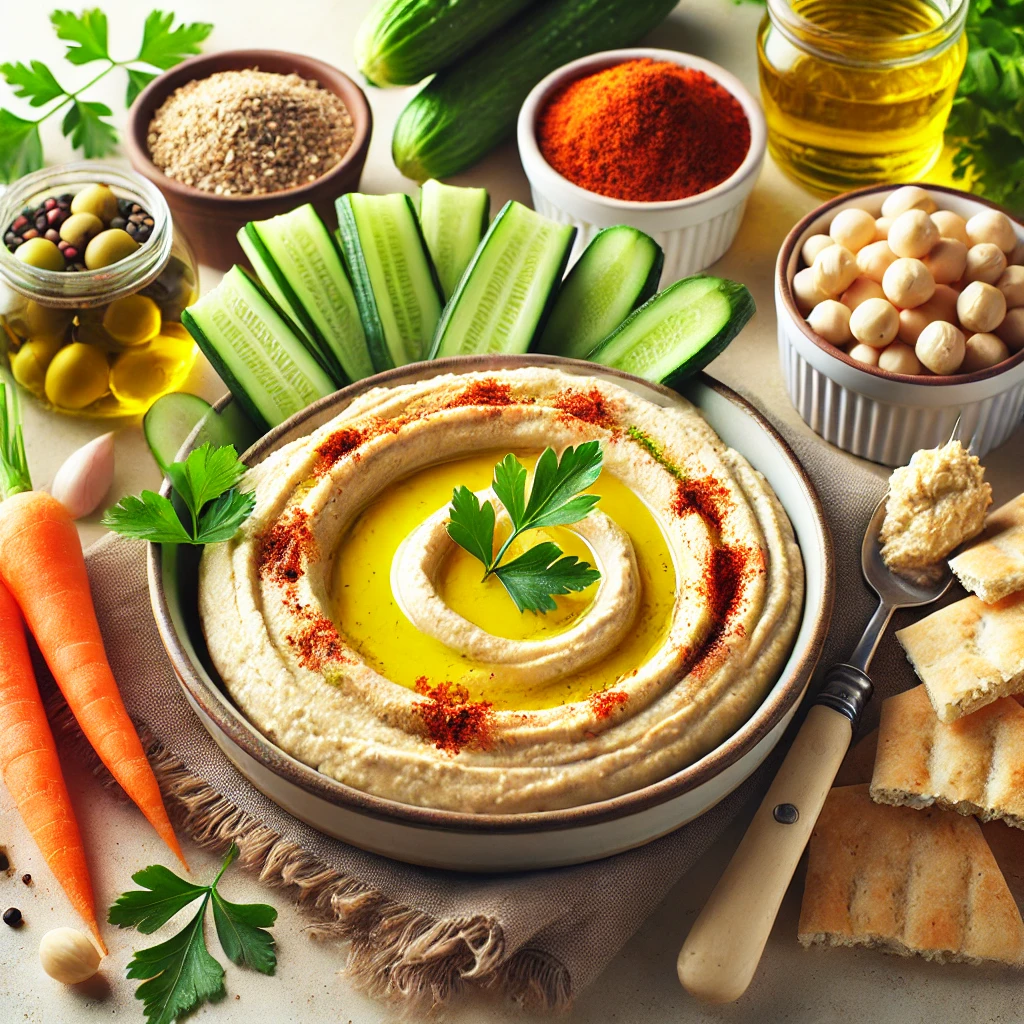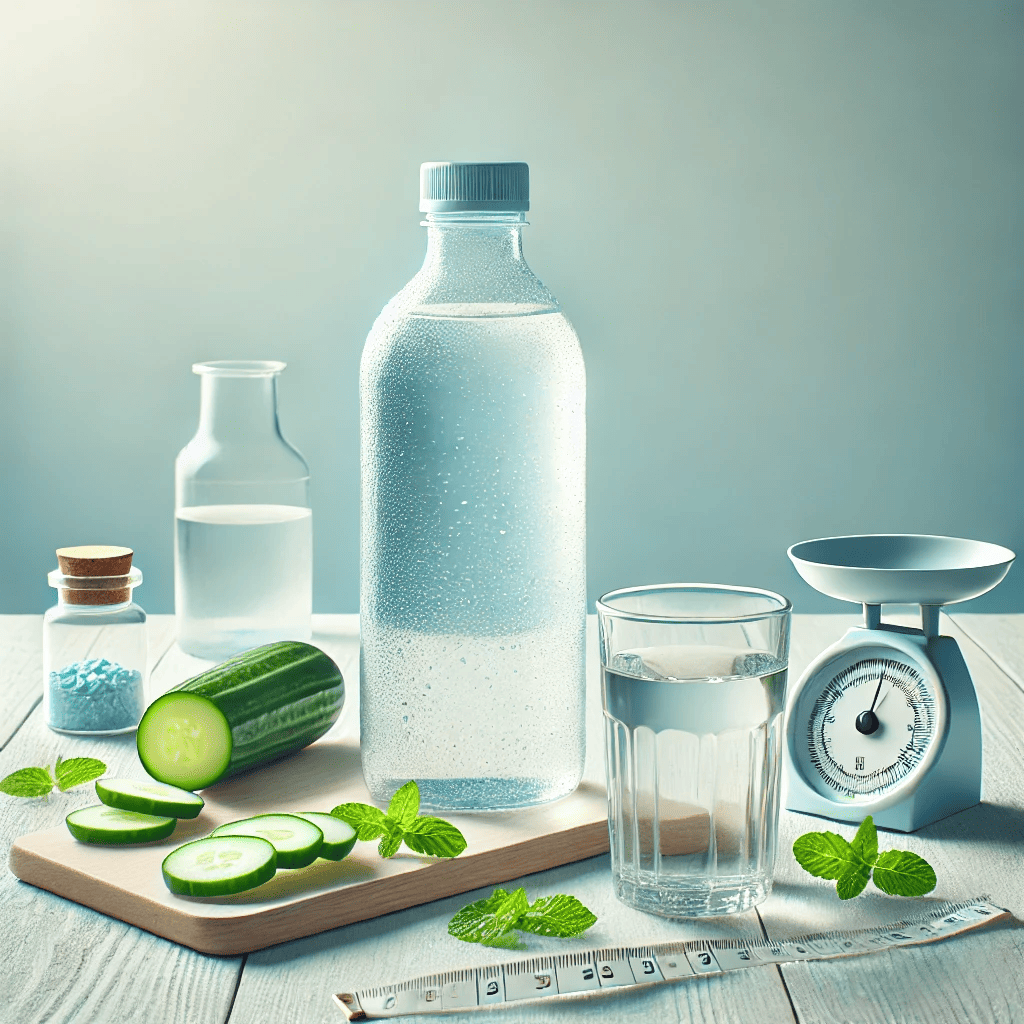How to Lose Face Fat: Effective Tips and Strategies
Losing face fat is a common concern for many people. Whether it’s the cheeks, jawline, or under the chin, excess fat in these areas can affect your appearance and make you feel self-conscious. However, it’s important to understand that spot-reducing fat isn’t possible—losing face fat requires a combination of full-body fat loss, healthy lifestyle habits, and targeted exercises.
This guide will walk you through how to effectively lose face fat with expert advice, simple exercises, and nutritional tips to help you achieve a more sculpted face.
Understanding Face Fat
Before diving into how to lose face fat, it’s important to understand why it accumulates.
What Causes Face Fat?
- Genetics: Your genetic makeup plays a significant role in where your body stores fat. Some people may naturally store more fat in their face.
- Aging: As we age, the skin loses elasticity, and fat distribution can change, leading to a fuller face.
- Diet and Lifestyle: A high-calorie diet, excessive alcohol consumption, and lack of sleep can contribute to face fat.
- Hormonal Imbalances: Certain hormonal changes, especially in women, can lead to water retention and increased fat storage around the face.
Why Should You Lose Face Fat?
While losing face fat can enhance your appearance, it’s important to remember that the goal should be overall health, not just aesthetics. A leaner face can also reflect a healthier lifestyle and improved self-confidence.
How to Lose Face Fat: Tips and Techniques
To lose face fat effectively, you need to adopt a combination of fat loss strategies. These involve:
1. Full-Body Weight Loss
To lose face fat, you must first focus on reducing overall body fat. This requires consistent weight loss practices, including:
a. Create a Caloric Deficit
- What It Means: A caloric deficit occurs when you consume fewer calories than your body burns. This will force your body to use stored fat for energy, leading to overall weight loss, including from your face.
- How to Do It: Track your daily caloric intake using apps like MyFitnessPal or keep a food journal. A typical safe caloric deficit is 500 calories less than your daily maintenance.
b. Focus on Balanced Nutrition
- Eat Protein-Rich Foods: Protein helps build lean muscle mass, supports fat loss, and keeps you full. Foods like chicken, fish, eggs, legumes, and tofu should be included in your meals.
- Include Healthy Fats: Healthy fats from avocados, nuts, seeds, and olive oil promote overall health and help maintain a balanced metabolism.
- Avoid Sugary and Processed Foods: Sugar and processed carbs are often the culprits behind weight gain. Limit your intake of soda, pastries, and junk food.
c. Hydrate Well
Drinking plenty of water helps flush out toxins, reduces water retention, and promotes a healthy metabolism. Aim for at least 8 glasses of water per day.
d. Exercise Regularly
- Cardio: Activities like running, cycling, and swimming increase calorie burn and help reduce fat all over the body, including the face.
- Strength Training: Building muscle mass through weightlifting boosts your metabolism, which can support fat loss.
2. Targeted Exercises for the Face
While spot-reduction isn’t possible, exercises can help tone and tighten the muscles in your face, giving it a more sculpted appearance.
a. Chin Lifts
- How to Do It: Tilt your head back and look towards the ceiling. Push your lower jaw forward and hold for 5-10 seconds. Repeat for 10-15 reps.
- Why It Works: This exercise targets the muscles of the jawline and neck, helping to reduce fat and firm the area.
b. Jaw Clenches
- How to Do It: Close your mouth and clench your jaw, then hold for 5-10 seconds. Repeat 10-15 times.
- Why It Works: Jaw clenches help tighten the muscles around the chin and jawline.
c. Fish Face
- How to Do It: Suck in your cheeks and lips, as if making a fish face. Hold for 5-10 seconds and repeat 10-15 times.
- Why It Works: This exercise targets the cheek muscles and helps tone them, which can reduce the appearance of puffiness.
d. Cheek Lifts
- How to Do It: Smile as wide as you can, then lift your cheeks toward your eyes. Hold the position for 10-15 seconds and repeat.
- Why It Works: This helps reduce puffiness and tones the muscles around your cheeks.
e. Neck Roll
- How to Do It: Slowly rotate your neck in a full circle, first clockwise, then counterclockwise. Perform for 10-15 reps.
- Why It Works: This exercise helps tighten the muscles in your neck and chin, which can lead to a more defined jawline.
3. Lifestyle Adjustments
Certain lifestyle factors play a crucial role in how your body stores fat, including in your face. Here are some simple adjustments to consider:
a. Improve Sleep Quality
Lack of sleep can increase cortisol levels, which can lead to fat retention, particularly in the face. Aim for 7-9 hours of quality sleep each night.
b. Reduce Stress
Chronic stress can trigger weight gain, especially in the face and abdominal area. Try relaxation techniques such as deep breathing, meditation, or yoga.
c. Limit Alcohol Consumption
Excessive alcohol intake can lead to bloating and facial puffiness. Reducing alcohol consumption can help decrease water retention and improve facial appearance.
4. Face Massage and Facial Exercises
Massaging your face regularly can improve circulation and promote lymphatic drainage, helping to reduce puffiness and toxins.
a. Lymphatic Drainage Massage
- How to Do It: Use your fingers to gently massage your face in upward strokes, starting from your chin and moving towards your temples. Focus on areas where you tend to hold water, such as the jawline and under-eye area.
b. Gua Sha
- Gua Sha tools can help with facial massage, improving blood circulation and reducing swelling. Gently scrape the tool along your jawline and cheeks to contour and tighten your face.
5. Natural Supplements for Face Fat Loss
While no supplement is a magic solution, certain natural ingredients can support weight loss efforts and help reduce bloating:
- Green Tea: Rich in antioxidants, green tea helps boost metabolism and fat-burning.
- Ginger: Known for its anti-inflammatory properties, ginger helps reduce bloating and improve digestion.
- Apple Cider Vinegar: Some studies suggest that apple cider vinegar can help reduce water retention and promote fat loss when taken in moderation.
Conclusion: Losing Face Fat the Healthy Way
Losing face fat is a combination of full-body fat loss, targeted exercises, and lifestyle changes. By maintaining a balanced diet, staying hydrated, and following a regular exercise routine, you can reduce face fat and improve your overall appearance. Face exercises, such as chin lifts and jaw clenches, can further help tone the muscles of your face.
Remember, the process takes time and consistency. There’s no quick fix, but with determination and a healthy approach, you can achieve a leaner, more sculpted face.
FAQs:
1. Can I lose face fat without losing overall body fat?
No, it’s not possible to target fat loss in specific areas. To lose face fat, you must focus on overall body fat reduction.
2. How quickly can I see results in my face?
It can take several weeks or months of consistent effort, including diet, exercise, and lifestyle changes, to see noticeable results.
3. Do face exercises really work?
Face exercises can help tone the muscles of the face, but they should be combined with overall weight loss for the best results.
4. Can stress cause face fat?
Yes, high stress levels can lead to the production of cortisol, which can contribute to fat storage, especially in the face.
5. What foods help reduce face fat?
Foods rich in antioxidants, fiber, and lean proteins, like fruits, vegetables, and whole grains, can support fat loss when combined with exercise.
Here are some specific exercises and meal planning tips to help you accelerate the process of losing face fat:
Effective Exercises for Face Fat Reduction
While losing face fat requires a combination of overall fat loss and facial exercises, incorporating both cardio and strength training into your workout routine can make a significant difference.
1. Cardio Exercises
Cardiovascular exercises are essential for burning fat across your body, including your face. Here are some effective cardio options:
- Running or Jogging: Running burns a high number of calories, helping you shed body fat, which also affects the face.
- Cycling: Whether indoor or outdoor, cycling provides an effective calorie burn while improving overall fitness.
- Swimming: A full-body workout that not only burns fat but also tones muscles.
- Jump Rope: A high-intensity workout that can burn fat quickly and help slim down your face over time.
2. Face-Specific Exercises
As mentioned earlier, face exercises like jaw clenches, chin lifts, fish face, and cheek lifts help tone and tighten the muscles around the face. Here are a few more exercises that focus on toning the face:
- Neck and Chin Stretch:
- How to Do It: Sit upright and tilt your head back as far as comfortable. Try to kiss the ceiling by puckering your lips, stretching your neck. Hold the position for 5-10 seconds and release. Repeat 10 times.
- Why It Works: This exercise stretches and tones the muscles of the neck and chin area, reducing sagging and double chin.
- Eyebrow Raise Exercise:
- How to Do It: Place your fingers lightly on your forehead. Raise your eyebrows as high as possible while pressing down with your fingers to create resistance. Hold for 5-10 seconds and repeat 10 times.
- Why It Works: This exercise targets the forehead and upper face, which can contribute to a more lifted appearance.
- Mouth Stretches:
- How to Do It: Open your mouth as wide as you can and hold it for 5 seconds, then relax. Repeat 10-15 times.
- Why It Works: This exercise works on the muscles around your mouth and jawline, helping to reduce puffiness in the lower face.
Meal Planning Tips for Reducing Face Fat
To see faster results in losing face fat, you need a well-rounded approach that includes eating nutrient-dense foods that support fat loss and avoid foods that can lead to bloating or weight gain.
1. Prioritize Protein
Eating a higher protein diet can help reduce body fat, promote muscle growth, and support overall fat loss.
- Good Protein Sources: Chicken breast, lean beef, turkey, fish, eggs, legumes, tofu, quinoa, and Greek yogurt.
- How Protein Helps: Protein is thermogenic, meaning it increases your calorie burn and keeps you fuller for longer, which prevents overeating and supports fat loss.
2. Focus on Healthy Fats
Healthy fats are essential for overall health and help regulate hormones, which can impact fat storage.
- Healthy Fat Sources: Avocados, nuts, seeds (like chia and flax), olive oil, coconut oil, and fatty fish like salmon and mackerel.
- How Healthy Fats Help: These fats provide essential fatty acids that help keep your metabolism active and support fat breakdown.
3. Incorporate Fiber-Rich Foods
Fiber helps regulate digestion, reduce bloating, and prevent excessive calorie consumption. A high-fiber diet also helps maintain stable blood sugar levels.
- Fiber-Rich Foods: Vegetables (broccoli, spinach, kale), fruits (apples, berries, pears), whole grains (brown rice, oats, quinoa), and legumes.
- How Fiber Helps: It promotes healthy digestion, reduces bloating, and helps prevent the accumulation of excess fat, especially in the face area.
4. Hydrate to Reduce Water Retention
Drinking enough water is essential to prevent bloating and flush out toxins that could make your face appear puffier.
- How Much Water to Drink: Aim for 8-10 glasses of water a day, and more if you are engaging in intense physical activity.
- Add Electrolytes: Sometimes adding an electrolyte-rich drink like coconut water can help prevent water retention.
5. Avoid Excess Sugar and Processed Foods
Foods high in sugar and refined carbs cause your body to store more fat, especially around the face. They can also cause water retention, leading to puffiness.
- Foods to Avoid: Soda, pastries, candy, and fried foods.
- What to Eat Instead: Whole, unprocessed foods like fruits, vegetables, whole grains, and lean proteins.
Sample Meal Plan for Reducing Face Fat
Here’s a simple, balanced meal plan that supports fat loss and helps reduce face fat:
Breakfast:
- Scrambled eggs with spinach and mushrooms
- 1 slice of whole-grain toast
- A cup of green tea or black coffee (without sugar)
Snack:
- A handful of almonds or walnuts
- 1 apple
Lunch:
- Grilled chicken salad with mixed greens, cucumbers, and a vinaigrette dressing
- A small serving of quinoa or brown rice
Snack:
- Greek yogurt with chia seeds and berries
Dinner:
- Grilled salmon with steamed broccoli and roasted sweet potatoes
- A side of sautéed kale or spinach
Drink:
- Water with a slice of lemon throughout the day
- Coconut water for electrolytes post-workout
Other Tips for Face Fat Reduction
- Avoid Excessive Salt: Sodium can cause water retention and puffiness in the face. Opt for low-sodium versions of foods and season your meals with fresh herbs instead.
- Practice Facial Yoga: Incorporate facial yoga into your routine for added toning and relaxation. You can do facial yoga exercises while relaxing at home or watching TV.
- Consider Intermittent Fasting: Intermittent fasting (such as the 16/8 method) can help regulate your calorie intake and boost fat loss when done correctly.
Conclusion
Losing face fat requires a holistic approach that includes dietary changes, facial exercises, and consistent overall fat loss efforts. By following these tips, exercises, and meal planning guidelines, you’ll be on your way to a more sculpted face and a healthier body overall.
Consistency is key—whether you’re eating right, exercising regularly, or hydrating properly, sticking to a healthy routine will help you see results over time. Remember to combine full-body fat loss strategies with face-specific exercises for the best outcome.




